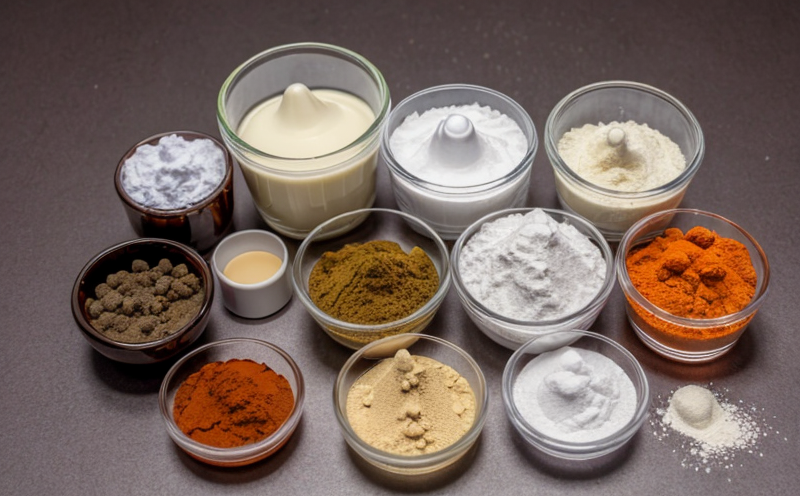LAL Endotoxin Testing
Endotoxins are potent pyrogens derived from the cell walls of gram-negative bacteria and can cause severe adverse reactions in humans. LAL (Limulus Amoebocyte Lysate) endotoxin testing is a critical procedure used to ensure that pharmaceutical products, especially those intended for injection or intravenous use, do not contain harmful levels of these toxins.
The Limulus Amebocyte Lysate test exploits the fact that horseshoe crabs (Limulus polyphemus) have an immune system that is particularly sensitive to endotoxins. When exposed to a solution containing endotoxins, the clotting cascade in the crab’s blood reacts, producing visible clots. This reaction can be quantified and used as a measure of the endotoxin content.
In pharmaceutical manufacturing, the testing ensures that excipients—substances added during formulation—and final dosage forms meet regulatory standards for safety. Excipients such as fillers, binders, lubricants, solvents, surfactants, preservatives, disintegrants, and other components can vary widely in their potential to harbor or transfer endotoxins.
For R&D engineers, this service is essential during formulation development to identify safe excipient combinations. Compliance officers rely on accurate LAL testing results for regulatory submissions. Quality managers use the data to ensure that product batches consistently meet quality and safety standards.
Applied Standards
| Standard | Description |
|---|---|
| USP NF 18 | United States Pharmacopeia, which sets the standard for excipients and pharmaceutical ingredients. |
| Ph. Eur. Chapter 283 | European Pharmacopoeia guidelines that specify the use of LAL reagents for endotoxin testing. |
The LAL test is also standardized in other regions, including Japan and Australia. For example:
- Pharmacopoeia of the People's Republic of China (ChP) Chapter 0931
- Australia’s Therapeutic Goods Administration guidelines
Scope and Methodology
| Method Step | Description |
|---|---|
| Solution Preparation | Prepare the test solution from the sample and reagents according to specified dilutions. | Incubation Time | The sample is incubated for a set period, typically 4 hours at room temperature (20-25°C). |
The LAL test involves several steps:
- Sample preparation: Excipients or final dosage forms are dissolved in appropriate buffers.
- Incubation: The solution is incubated with LAL reagent for 4 hours to allow the clotting reaction to occur.
- Clot formation observation: Visual inspection of the samples, often using a spectrophotometer or other optical devices, to detect clots.
The endpoint is defined by the time it takes for a visible clot to form. The lower the endotoxin level in the sample, the longer this process will take, allowing for precise quantification of endotoxins present.
International Acceptance and Recognition
- The LAL test is widely accepted by regulatory bodies such as FDA, EMA, TGA, and MHRA for ensuring the safety of injectable products.
- It is also used in various pharmaceutical manufacturing processes globally to adhere to international quality standards.
The testing has gained recognition across diverse countries:
- US: FDA, USP
- EU: EMA, Ph. Eur.
- Japan: PMDA, ChP
- Australia: TGA
- New Zealand: MEDSAFE





